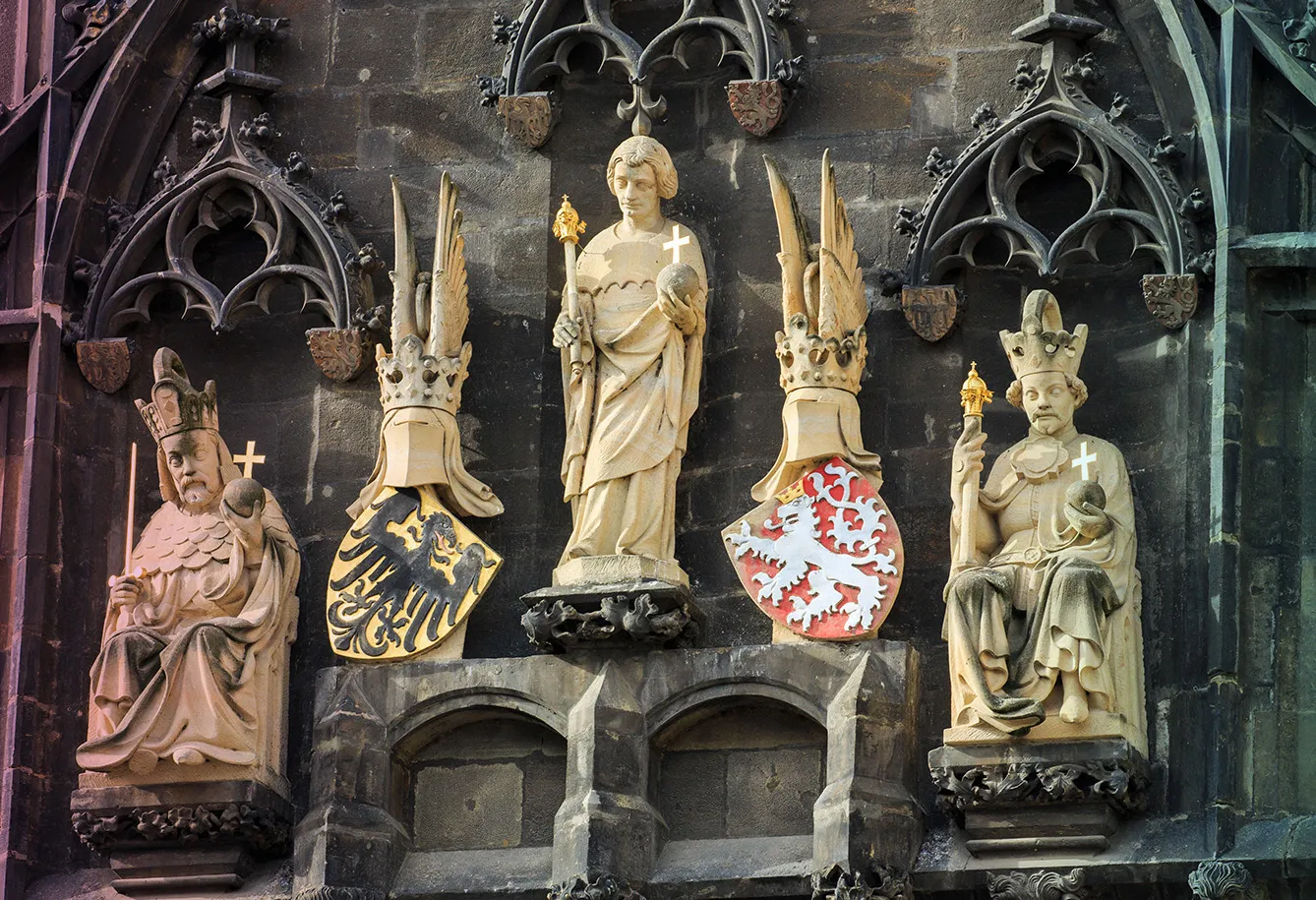There is a legend most commonly known in Poland but relevant to the founding of Czechia. Czechs do know it, albeit in a slightly altered version. As with every legend, it contains within a grain of truth connected to the migration of tribes circa the 6th century. The common thread of several versions speaks of three brothers: Lech (a Pole), Czech (well… a Czech), and Rus (a Ruthenian), who together were walking the lands – some say hunting, others don’t specify the aim of the trip.
Somewhere along the way, they decide to part, with Czech following his path in the westerly direction. There he found a land of beauty, scenery for the breathtaking spectacle performed by the sun setting over the mountains. The warm, golden light and majestic landscape made him stay in the area. And that’s how Slavic people found themselves in today’s Czech Republic.
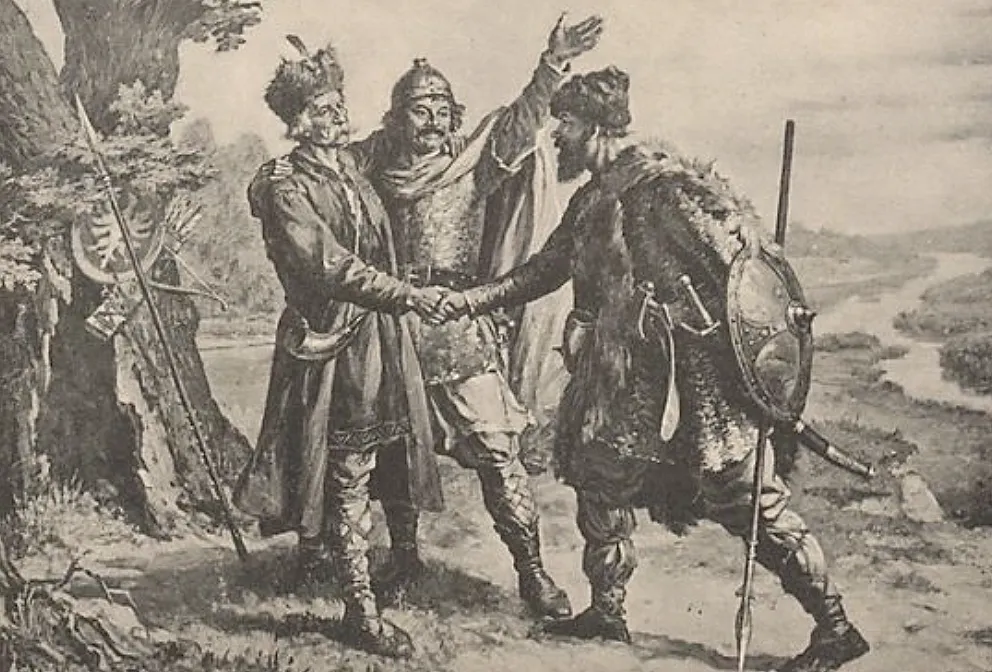
Fiction or truth?
Let us repeat – there is always a grain of truth in every legend. The story of the three Slavic brothers (sometimes noblemen) is recorded in Polish historical sources (the Wielkopolska Chronicle and the Polish-Hungarian chronicle of the 13th century). The story corresponds nicely with the migration of Slavic tribes, their separation, and the development of Slavic languages. Who was there before the Slavs? The most famous of the pre-Slavic settlers were the Celtic Boii.
They were the first ethnic group to arrive in the lands of current Czechia and gave the beginning to the later Duchy and Kingdom of Bohemia (which translates literally to “the land of Boii”). It was the Boii who first started a settlement in the location of the current Prague. But as the land of Czechia was as alluring as the founding legend has it, more tribes kept pouring in. The Boii eventually succumbed to the stronger German tribes.
Samo’s Kingdom
The mythical Czech arrived in the area about the 6th century. Growing large in numbers in the lands of Bohemia and later Moravia, the Slavs united under the leadership of a Frankish merchant known as Samo. As historians recreate the story of this early proto-state on the basis of available sources, not much is known about the origins of Samo. It is speculated that he might have been trading weapons with the Slavs, which were used in their revolts against other tribes.
What is certain, however, is that he took advantage of the uprisings against the Avars, who were the nomad tribes from Eurasia. He rose to become the “King” of the Slavs and kept his power from 623 until his death in 658. When the King was gone, the union faded. It is even likely that the Avars returned to the lands, but instead of oppressing the Slavs, they learned to co-exist. But then, another power was emerging.
The Kingdom of Moravia
The Great Moravian Empire emerged in the 9th century and was the first genuine state structure in the area. The core of the state could be found along the Morava River. The establishment of the Moravia state is attributed to Charles’s the Great defeat of the Avars in 805. Sometime later, the new state of Moravia emerged. The establishment of the Great Moravia Empire coincided with the arrival of Christian missionaries, first from the West, followed by the famous Cyril and Methodius.
The latter two brought with them the first Slavic alphabet, known as the Glagolitic script (863), which was later simplified, giving the beginning to the Cyrillic alphabet. This made the Great Moravia the first literary Slavic community, united by the Old Church Slavonic – the first contemporary written form of Slavic languages. Great Moravia became a Christian country in 831. The ambition was to create an independent state directly affiliated with the Holy See. However, the glory was short-lived.
The Přemyslid Dynasty
After Moravia reached its maximum expansion in the 860s, it slowly succumbed to the Magyars. The conquered and allied states began to flake way (actually, the first conquered peoples to withdraw their support for Moravia were the Czechs). And lo! – enters Bohemia and its Přemyslid dynasty. Its leaders managed to unite the neighboring Slavic tribes into an entity that can be recognized as an early Czech state. The Bohemian supremacy in Czech lands lasted for about 400 years until the arrival of the Luxembourg dynasty.
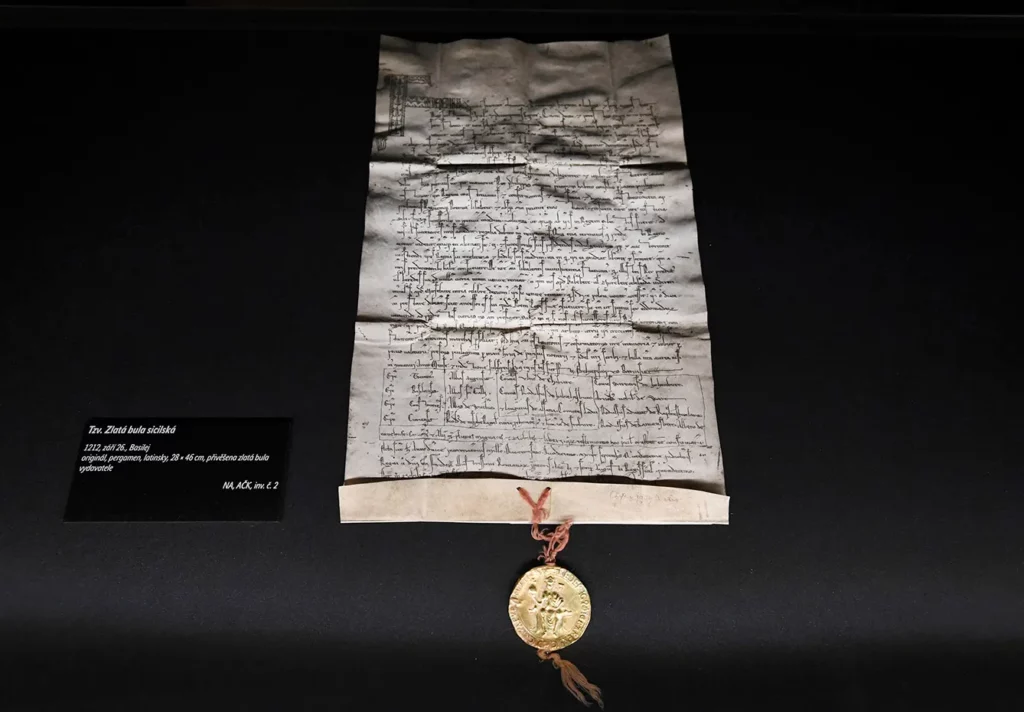
But before they took over, the efforts of the Bohemian dynasty of Přemyslid strengthened the slowly emerging, independent Czech Kingdom. A milestone in this direction was reached in 1212 when King Ottokar I was granted the Golden Bull of Sicily. Golden bulls were important medieval documents, decrees if you want, nicknamed so due to the seal affixed at the bottom. This particular bull stated that Ottokar and his heirs were the rightful Kings of Bohemia, not by appointment by the Holy Roman Emperor.
The emergence of the Czech Crown
In 1310, after Wenceslaus III, the last heir of the Přemyslid dynasty, was murdered (1306), John of Luxembourg was elected King, further enlarging the territory of the realm. It is also during this dynasty that we can speak of the golden age of Czechia. One of its greatest kings, Charles IV, officially named the country the Crownlands of Bohemia in 1348, thus laying the formal foundation for today’s Czech Republic. It was also under King Charles when the capital, Prague, saw one of its most flourishing eras.
The famous Charles Bridge was constructed, the first university on this side of the Alps was founded (1348), and the archdiocese of Prague was established. But that’s not all! In 1355, Charles was crowned Holy Roman Emperor, which further testifies to the significance of the Kingdom of Bohemia and its ruling dynasty. But the natural, sinusoidal flow of economy with its merciless rules did not spare the land of today’s Czechia, and troubles were slowly brewing, leading to a series of bloody conflicts which hunted the kingdom.
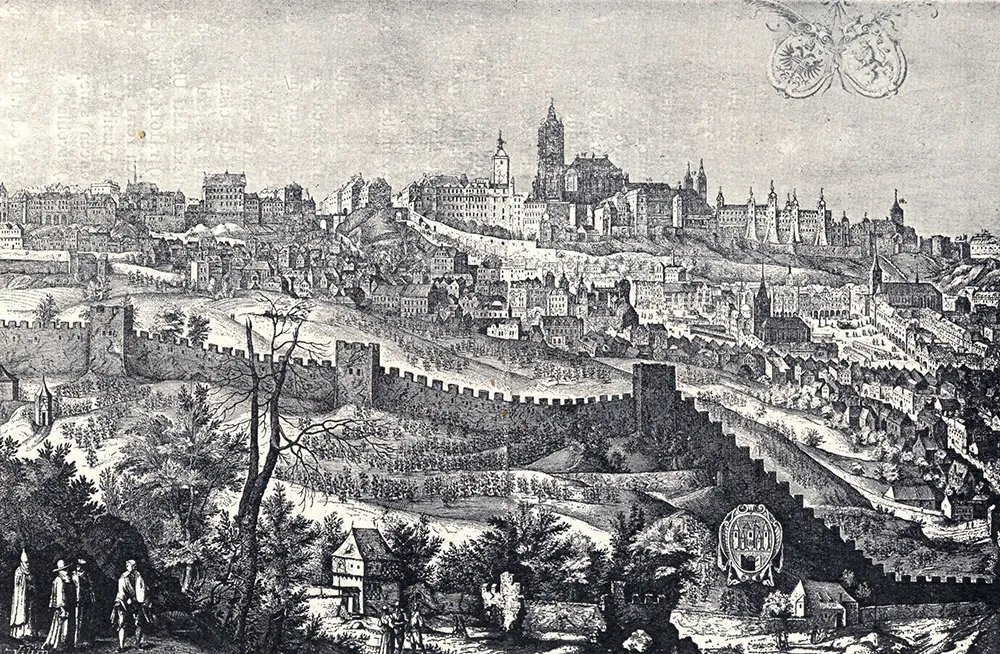
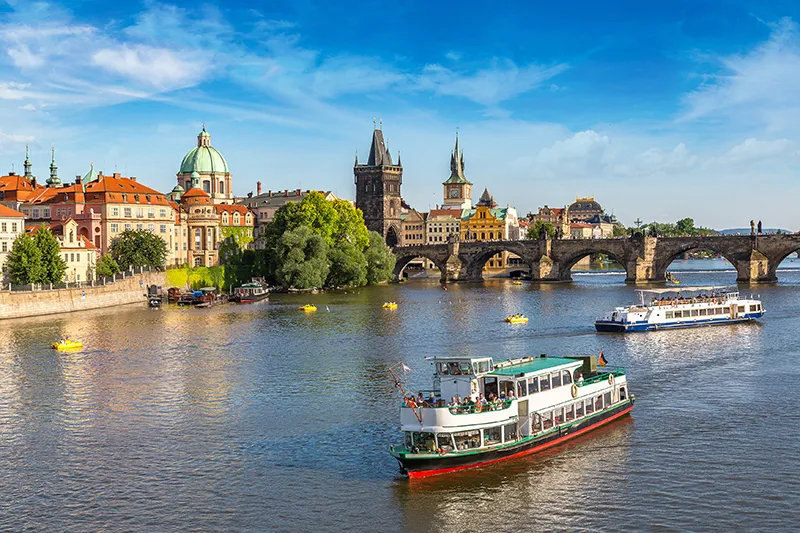
Religious and other perturbations
Firstly came the Hussite revolution (1419 – 1436), which was a conflict between the followers of Jan Hus (a reformer deemed heretic by the Catholic Churched and burned at the stake in 1415), and the Church. The Roman Emperor Sigismund, the heir to the Czech Crown, wanted to restore the power of the Church and nip the growing revolution in the bud, but five of his crusades against the followers of Hus failed.
The Hussite movement seemed invincible, but then came the unexpected. It faltered from within when the radicals were opposed by moderate reformers. The internal conflict opened a window of possibility, and a truce was established between the Hussites and Catholic Europe in 1436. This, in fact, meant that for the first time in history, a true religious dualism was established, which was to change the future fate of the world. The decline of the Church’s influence meant that the Czech nobility benefited, gaining more power and a say in Czech matters. The culture boomed, and the country was regaining stability.
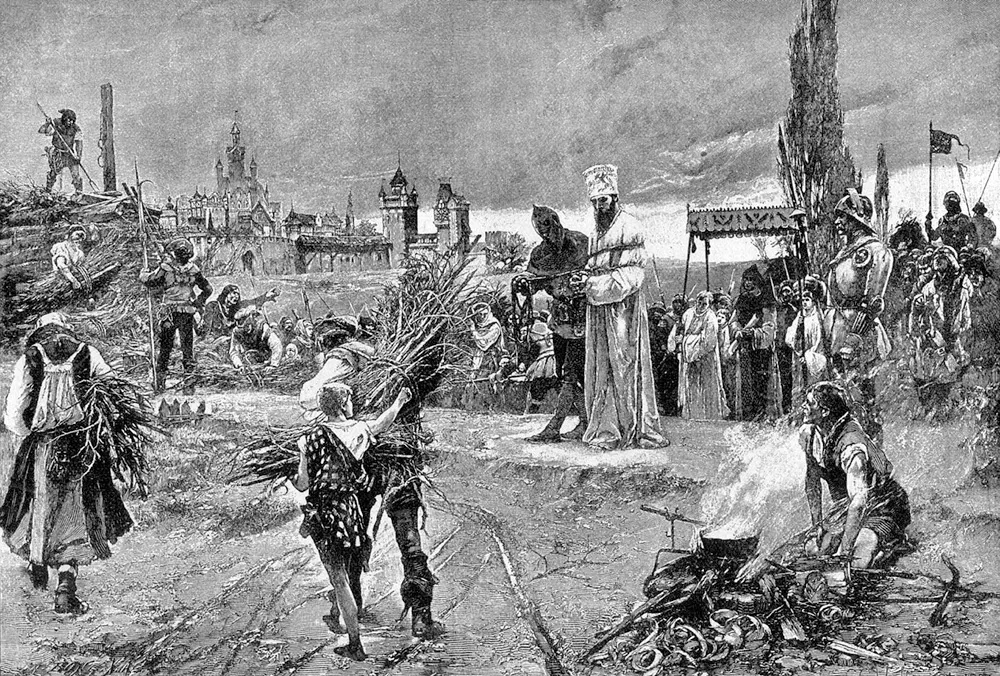
Before the Habsburgs
Sigismund died without leaving an heir to the throne, and with him ended the reign of the Luxembourg dynasty in the Kingdom of Bohemia. The times were restless, and the country needed a wise and strong leader. Such was found in the person of George of Poberady, who was elected King in 1458. He was truly an outstanding personality and a skillful diplomat who initiated the idea of starting a confederation of European leaders.
He was a keen supporter of the Hussite Revolution, and apart from being in conflict with the papacy, he was facing tension and opposition from some influential Catholic nobles. Nevertheless, he went down in history as a good, strong ruler. George was succeeded by Vladislav Jagiellon, the son of King Casimir of Poland, in 1471. The election honored the will of the late ruler, King George, who pointed to Vladislav as his successor.
During the time of the Jagiellonian reign, the role of the Estates grew, whilst the role of the Crown was slowly diminishing. This led to a number of conflicts between the royal towns and the nobles. Also, unceasingly, the issue of religion was adding up fuel to the fire when protestants were squabbling with Catholics, the latter Church trying to regain its position.
The mean Habsburgs
By the power of an agreement reached between the Jagiellonian and Habsburg dynasties during the first Congress of Vienna (1515), should the Jagiellonian King of Bohemia die without producing an heir to the throne, the crown would go to the Habsburgs. And so it happened in 1526, as Vladislav’s son, Louis, died (officially) childless. The throne went to Ferdinand I.
The Habsburgs did not have a smooth start in their succession of the Bohemian Crown. They were supporters of the Catholic Church, and immediately after their ascension to the throne, they began to change the rules established in Bohemia. This was not received well by the people and the nobles, who were losing their powers and influence.
The culminating point was reached in 1618, sometime after Ferdinand II was elected King. He was an eager supporter of the Church and believed in the absolute power of monarchs. He cared little for previous assurances and privileges granted to the nobles, arrogantly introducing his laws. When in 1618, he banned the Czech parliament from assembling, the nobles had had it. They stormed the Hradčany castle on May 22 of that year.
A day later, the famous Defenestration of Prague took place. This is a fancy name for the enraged protestant Czech nobles throwing out two viceroys of the King – Jaroslav Bořita of Martinice, Vilém Slavata of Chlum – and Filip Fabricius, the secretary, out of the window. (Fun fact: this style of ‘politics’ was nicknamed more Bohemico, as it was not the first and not the last time it occurred in Czech history). Unexpectedly, all three men survived. This was considered a miracle by the Catholics and a fortunate coincidence by the pragmatics, as the men landed on a pile of… compost located on the ground right under the windows they were thrown out from. This incident was the immediate reason for the outbreak of the Thirty Years’ War.
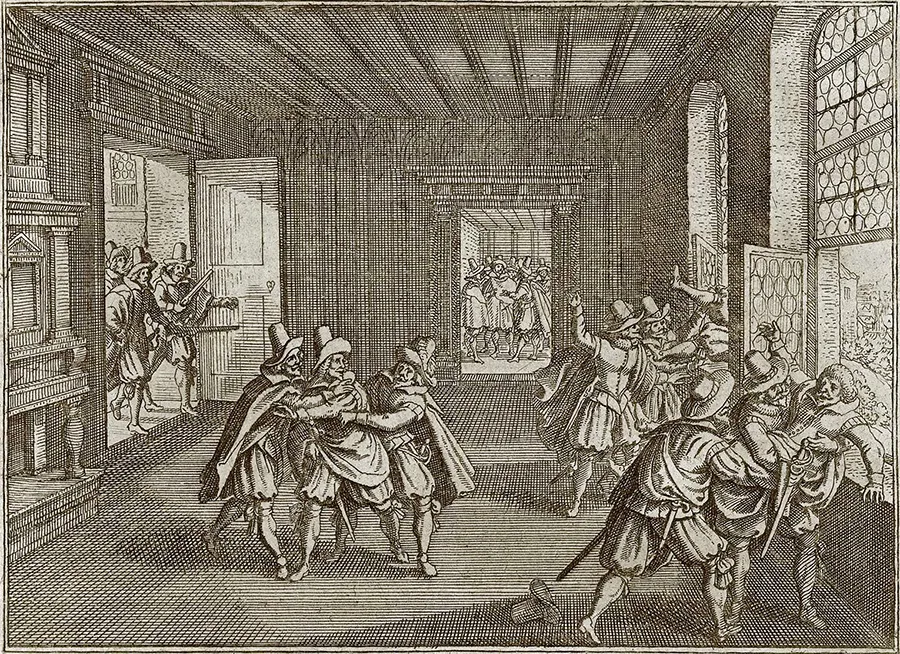
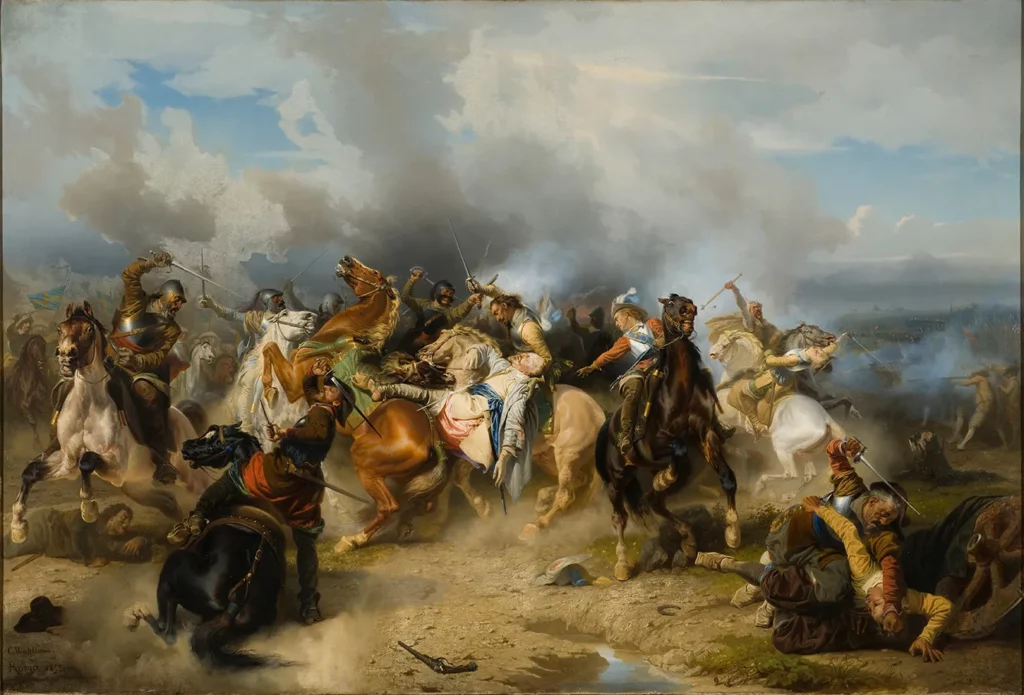
Bloodbaths and dark times
The Thirty Years’ War (May 1618 – October 1648) was one of European history’s longest and most horrific conflicts. What started in Prague spread across Europe, involving other rulers, and swallowed the lives of up to 8 million people. For Czechia, this meant a rapid decline in population, political chaos, and economic stagnation.
The loss of a third of a nation meant that the Czech language became the language of peasants, especially since many of the nobles died in the bloody Battle of White Mountain in 1620. The development of Czech culture came to a drastic halt. People were forced to either accept the Catholic faith or leave the country, and the increasing centralization of power posed a threat to the Slavic identity of the locals. It seemed that the misfortunes were here to stay. Thankfully, the fate of the Czech people was about to change.
National Revival
As in other parts of the continent, the Enlightenment increased people’s self-awareness. More were becoming literate and were beginning to question the oppressions they had to face in their daily lives. In the 18th and 19th centuries in Czechia, people began to oppose Germanization they were subjected to by the ruling dynasty. At first, this meant the revival of the language and national literature. More became aware of the Czech history and times of greatness of the Bohemian Kingdom.
Later, as a result of the Spring of the Nations of 1848-1849, the consciousness of constituting a nation emerged. Czechs started stating their presence in the parliament and tried to secure equal rights for Czech citizens. The Czech politicians also started to popularize the idea of dropping the monarchy in favor of the federation. They did have some good arguments up their sleeve – Czech lands were the most industrialized region of the Habsburg Empire in the 19th century. Clearly, the workforce and Czech thought were of significance. Despite their eagerness, however, no breakthrough was possible until the ultimate fall of the Habsburgs post-World War One.
First opportunity – first Czechoslovakia
As the powers of the Habsburgs were lost, Czechs and Slovaks seized the opportunity to break free. In 1918 they announced the establishment of an independent state of Czechoslovakia. During the interwar period, it was one of the most developed countries in the world. No wonder a certain evil man, who was about to drown Europe in blood (yet again), could not bear to look at the glory of a nation that rose from the ashes. In 1938 Germany entered the southern part of Czechoslovakia, claiming it was in the interest of the German minority, allegedly threatened in the region.
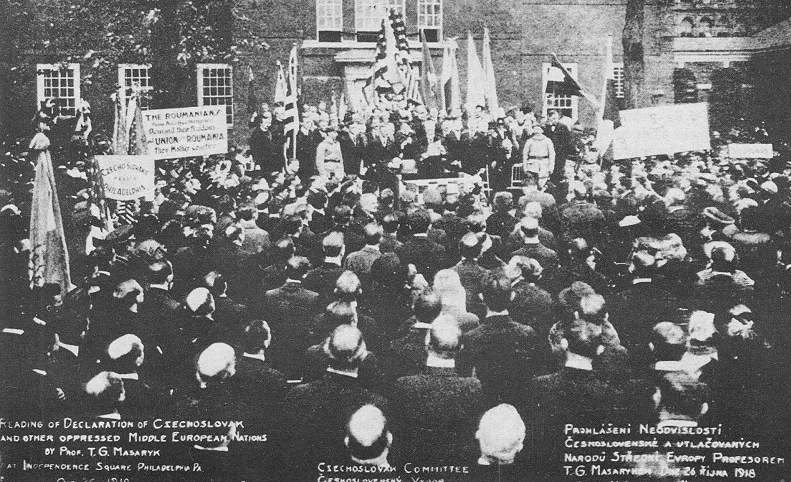
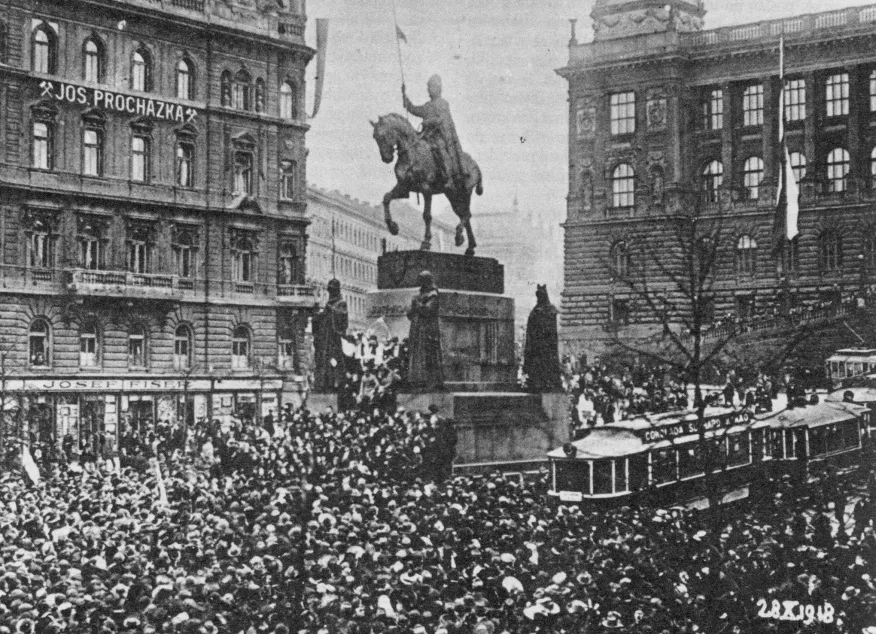
As Hitler was met with virtually no opposition from the world leaders, he continued with his deadly plan, attacking Poland in September 1939 and swallowing the rest of Czechoslovakia in October of the same year. Unfortunately, as in many Central European countries, the end of the Second World War did not mean freedom and independence for the land. In came the Soviets.
Second opportunity – second Czechoslovakia
In 1948 the country fell under Soviet influence. However, the Czechs did not want to go down quietly and started efforts to give the regime a more “friendly, human face.” [link to article #711] These actions found their culminating point in the Prague Spring of 1968, which the Soviets brutally suppressed. They used military force based on the Warsaw Pact, sending in troops from the territory of Poland led by the communist regime. Despite the success of the totalitarian Soviet communism, the imposed political system was destined to fall.


As the Communist block began crumbling in 1989, Czechoslovakia’s citizens seized the opportunity. Peaceful demonstrations took place between November 17 and 28 of 1938, later known as the Velvet Revolution. This led to a peaceful transition of power and the return (or rather establishment) of a parliamentary republic. Czechoslovakia faced the same challenges as the other counties of the Soviet block, which were never allowed to rebuild themselves after the Second World War.
As the regime finally fell, the nations of Slovaks and Czechs had to define their identity anew and decide whether to continue on a common path or not. The conflict known as the Hyphen War (referring to the dispute of how to call the newly-emerged, independent Czechoslovak Republic, or, precisely, Czecho-Slovak?) led to a definitive solution. Since Slovakian identity was equally strong and defined as the Czech, the nations decided to opt for a divorce by mutual consent. So instead of putting a hyphen in the name, two separate states were created as of January 1, 1993.
Resuming initiative
Václav Havel became the first Czech president. Since then, the country has been on a steady path of development. In 1999 it joined NATO and became a member of the European Union in 2004. Czechia smoothly transitioned to a role of an important partner in the region and proudly holds the title of one of the most important cultural centers. Do expect to hear more about this proud, landlocked country, as it is far from retiring from ambitious endeavors in answer to contemporary challenges.


